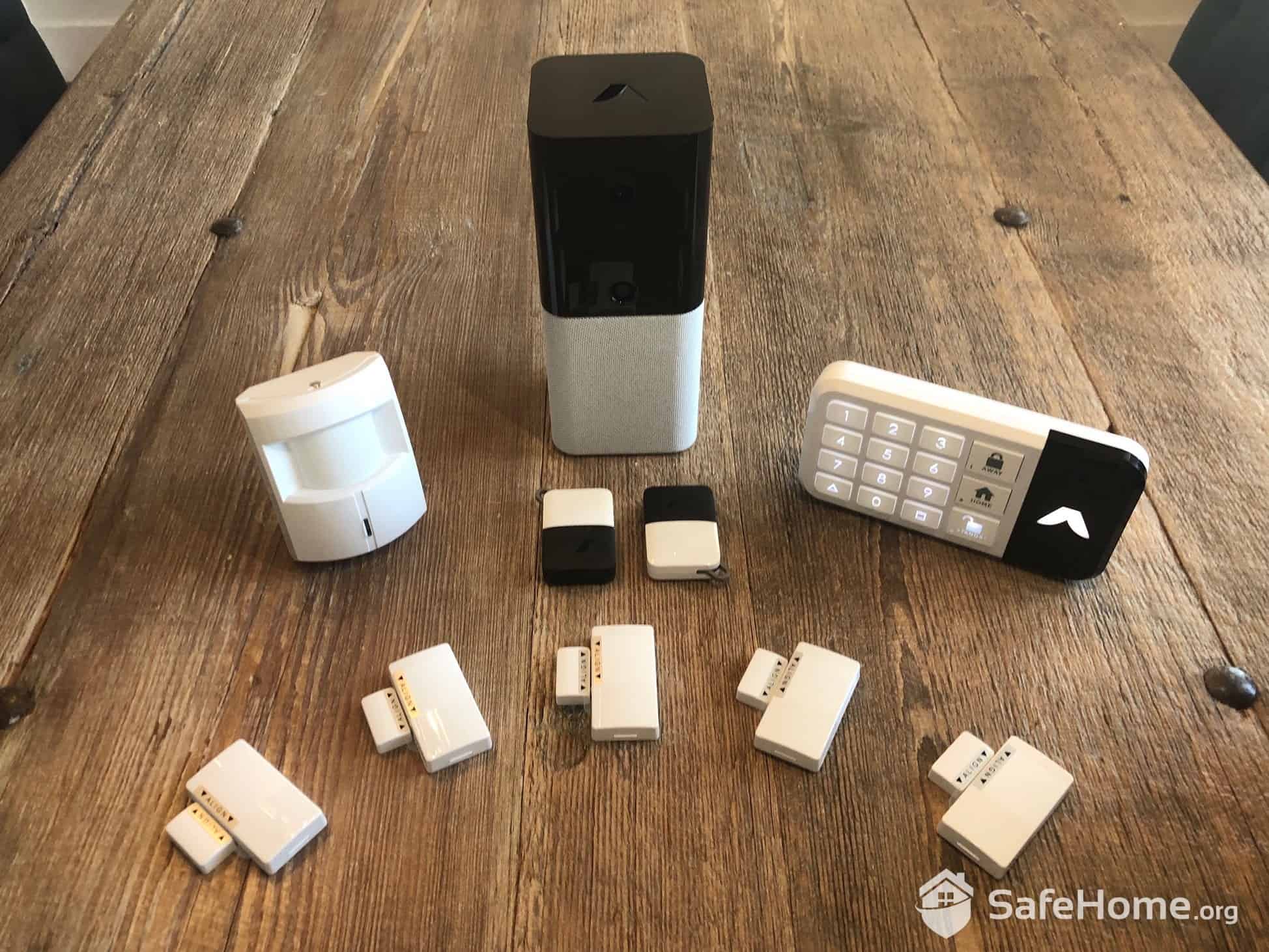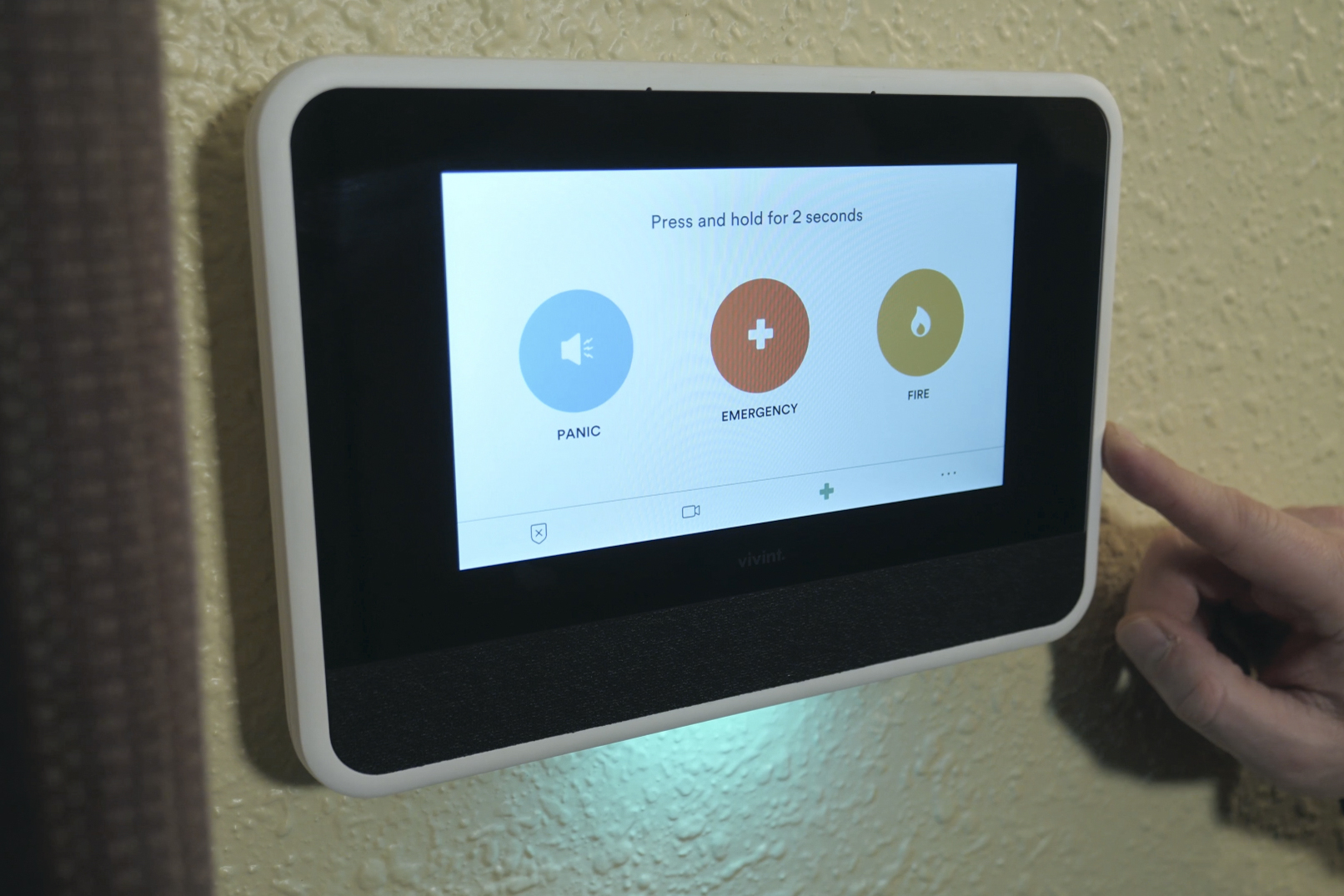
Cove is a modern security system that offers all the benefits of traditional systems at a fraction of their cost. It features 100% cellular communication as well as a 24 hour battery backup and smash and grabbe protection. If the system detects something amiss, you will be notified via InstaText. You may be able, depending on your plan, to use voice commands and Alexa to control this system.
Only way to control the system is via Cove's hub
The Cove Base Station is the central control centre for the Cove system. It has a touch screen panel that controls the Cove system. It allows you to adjust volume, adjust volume, view settings and add sensors. It also includes a backup battery that can power the system up to 24 hours.
The Cove works with Google Assistant or Amazon Alexa. It allows users to arm and disarm the system using voice commands, but is limited in its functionality compared to other smart home products. It can be used to maintain basic security and is compatible with third-party equipment.
Plans include Alexa Voice Control and Google Home Voice Control
Cove security systems integrate voice control with Alexa and Google Home voice assistances. The system can also be controlled via Alexa or Google Home from anywhere. Alternately, you can create a hostage passcode which will alert the monitoring centre if the intruder attempts to disarm your system. Both systems can be integrated with Alexa or Google Assistant.

Cove's security system is available in two versions: preconfigured or buildable. A basic Cove system starts with a 7-inch touch-screen panel base unit. The device is $184. The Cove Security System is very easy to install.
InstaText can be used to notify emergency contacts
In the event of a security emergency, Cove security systems send text messages to the emergency contacts you choose. This allows them to respond to an emergency, and if possible, disarm the alarm. The system also allows you to provide a password so emergency responders can reach you directly. If you do not wish to provide a password, you can easily add the emergency contacts when you set up the Cove system.
Cove's emergency response system has been certified UL-listed and TMA five diamond certified, with two hot redundant locations. The Cove security monitoring system features two-way voice, so if there is a situation where the security system cannot contact the customer, the Cove team will text back to ask if you want assistance. Within 30 seconds of your response, Cove team members will send emergency help to you home.
Prices
Cove is a home-security system that provides the same efficiency as traditional systems but costs a fraction of what they cost. It features 100% cellular communications, a backup battery and smash-and–grab protection. Cove will alert the monitoring team if anyone attempts to enter your home or steal valuables.
Cove's base protection system is free. However for the first 36-months, you will have to pay monitoring. You will need to pay upfront for any additional monitoring. It is recommended that you start with a basic Cove system. The basic setup will provide you with door and motion sensors, and a free indoor camera. If you decide to upgrade to more sophisticated security, you can purchase more advanced equipment over time.

Customer service
Cove Security offers home security systems for a free 60-day trial. If you're not completely satisfied with your security system, you can return it within the timeframe for a full refund. The company also covers the cost of shipping back the system. This is significantly more than the 30-day guarantee offered by most security providers who usually only offer a money-back guarantee.
Cove's customer service staff can be reached 24/7 by phone or email. Chat with customer service representatives online anytime between 10:00 a.m. Eastern Standard Time and 6:00 pm. You can also access online video tutorials from Cove to assist you in setting up your security system.
FAQ
What security system should I choose?
The best security system to install depends on how much you value your home and belongings. The cheapest alarm system, which doesn't offer enough protection, is the basic one. Or you can get a more advanced one which offers better features like remote monitoring, video surveillance, and access control.
What is the distinction between surveillance cameras and security cameras?
Surveillance cameras can be used for surveillance purposes while security cameras can be used for protection.
Both types of cameras have their advantages and disadvantages. There is one major difference between the two types of cameras: the type of images that they capture. Surveillance cameras capture video in slow motion so you can observe what's really happening. Security cameras on the other side only record video and still photographs, which are saved for later review.
Which is better: home security cameras or home security systems?
Home security systems are better than home security camera because they can detect movement and sounds even if nobody is in the room. Home security cameras, on the other hand, are more affordable than home security systems and can be easily mounted on windows or doors.
Statistics
- Depending on your insurance, 24/7 professional monitoring may qualify you for as much as 15% off your premium. (safewise.com)
- Most home security companies will charge you around 75% of the remaining term of your contract if you cancel early—and some require 100%.Related questionsWhat type of contract length can I expect from security providers?Home security system cancellation (safewise.com)
- Most home security companies will charge you around 75% of the remaining term of your contract if you cancel early—and some require 100%.Related questionsWhat type of contract length can I expect from security providers?Home security system cancellation (safewise.com)
- Depending on your insurance, 24/7 professional monitoring may qualify you for as much as 15% off your premium. (safewise.com)
External Links
How To
How to Install a Home Security System
A home security camera is a device that monitors your house and alerts you when there's activity. It could be motion sensors, doorbell cameras, smoke detectors or burglar alarms. A home security system typically includes one or more sensors, such as motion detectors. These sensors send signals when they sense movement or sound. The signals are then sent by the sensors to a control center where they are recorded and monitored. A control panel will alert your phone, tablet or computer if something is wrong. You'll be able to immediately take action and know exactly what's happening.
It is important to choose the right type and size of sensors to fit your home before installing a security system. There are two main types, passive and active. Passive sensors aren't powered by batteries. They just detect sounds and vibrations in their environment. These include buzzers, sirens and doorbells. Active sensors use electricity to transmit data. This type of sensor can be found in cameras and motion sensors.
There are many types of sensors on the market today. Each brand has its own pros and disadvantages. For example, some sensors are weatherproof, while others aren't. Some have built-in speakers that allow you to hear them outside. Others only work inside. Some are basic while others offer advanced features, such as night vision.
After you have decided on the best sensors for your property's needs, you will need to choose a manufacturer. This will make sure that your sensors function well together. There should be many options at your local hardware store.
Once you have decided on a brand to use, it is time to decide on how many you want. Depending on whether you live alone or with your family, most people will start with just one or two sensors. You might want to buy more sensors if you intend on adding them later.
Next, you'll need to figure out where you want to place your sensors. Do you want them close to doors or windows? Or would you rather have them hidden? Before you place them on your property, make sure that you have permission. Make sure that they won't cause interference with any other electrical outlets.
Now that you know where you want to put your sensors, you'll need a way to connect them to your control panel. You may need a power adapter, or battery pack depending on the setup. Once everything is in place, you can start to monitor your property.